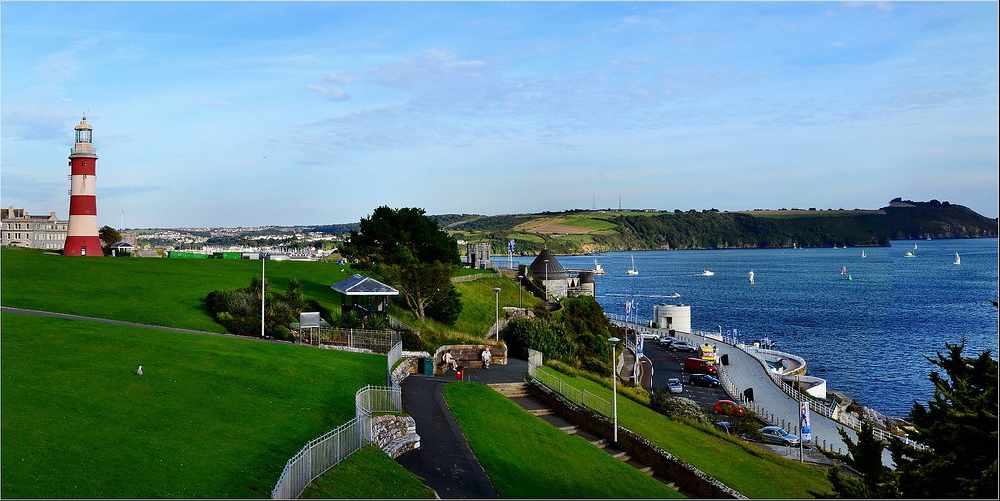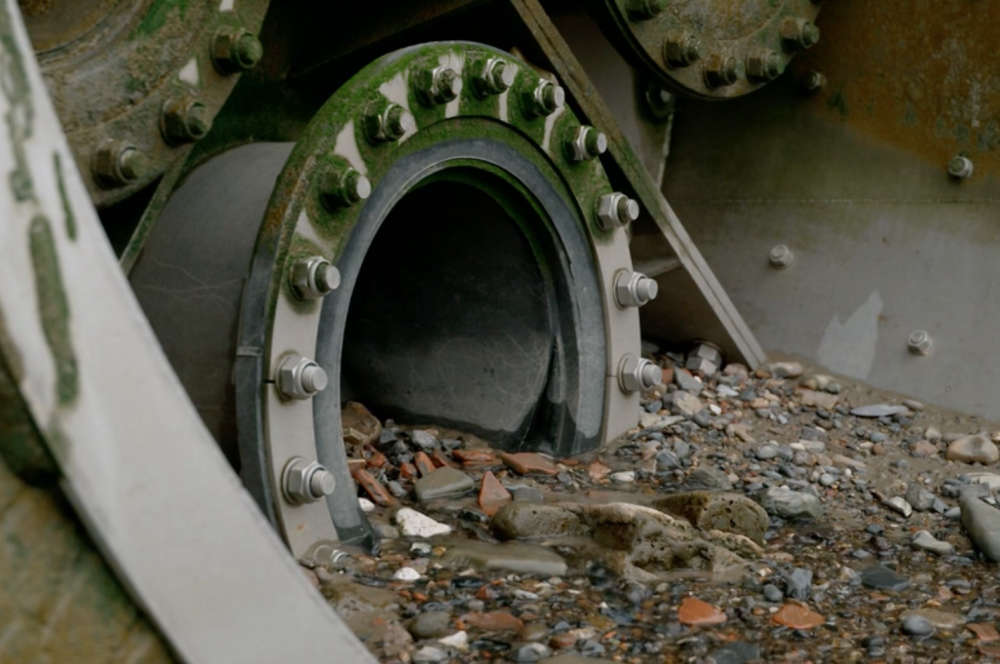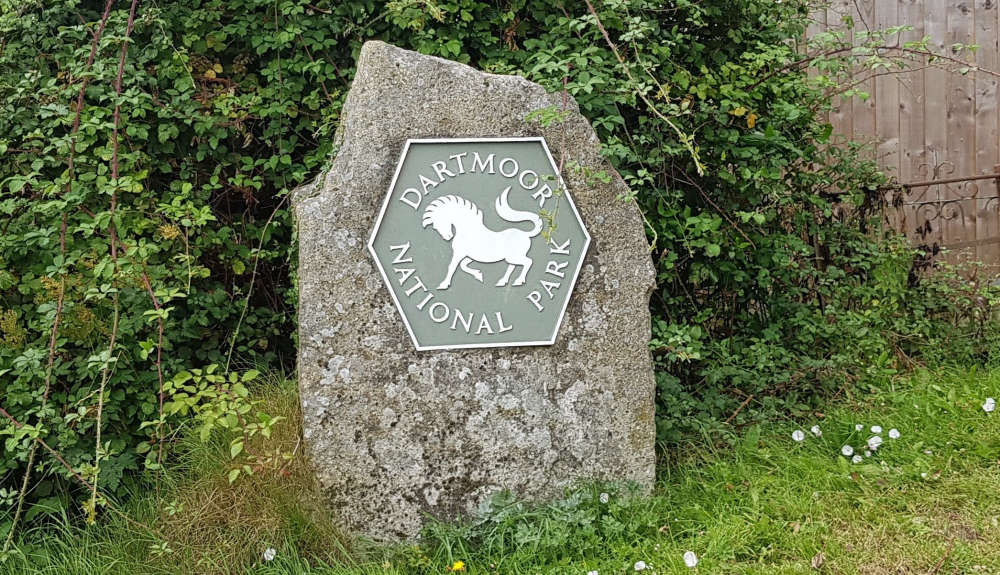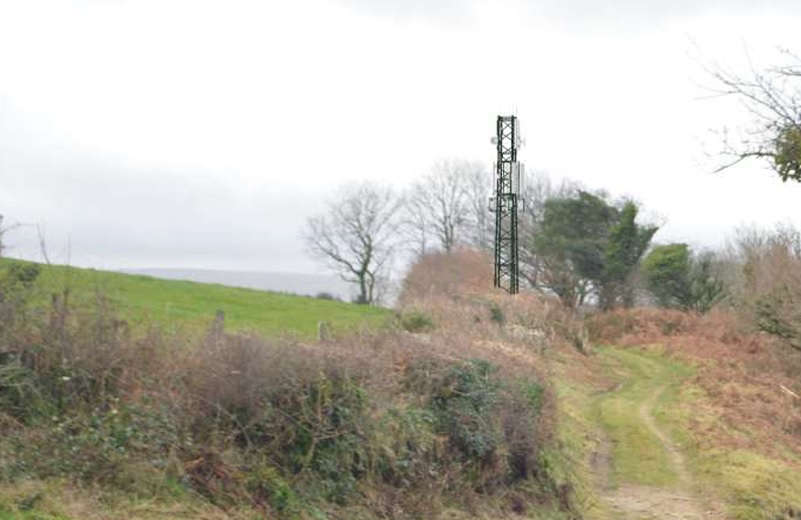
But the council says the remaining work will largely be on private land
The joint Environment Agency, Devon County Council and Exeter City Council scheme aims to improve protection against the River Exe to a 1 in 100 year event for approximately 3,000 residential and commercial properties.
But it has been beset with delays with an initial finish date set to have been Spring of 2018.
A November end-date had been predicted by the Environment Agency earlier this year, only for that to be revised to Spring 2019.
And last week’s Devon County Council meeting heard that the works won’t be complete until possibly beyond that date.
Cllr Roger Croad, cabinet member for Community, Public Health, Transportation and Environmental Services, who had been asked to report on the latest with the scheme, said: “The ongoing programme of works for October and beyond includes activity across all six zones of the scheme.
“The most significant and difficult of these will be in the northern-most area, which will include some night working linked to Network Rail ‘track possessions’ in order to minimise disruption and ensure public safety.
“These works won’t be complete until spring 2019, or possibly beyond.”
But he added: “However, as these are largely on private land, they are unlikely to cause any significant concerns for the public.”
The council heard upcoming work includes glazed flood defences to be installed on the right bank at the Royal Oak pub and on the opposite side of the river adjoining Eagle Cottages and Princess Alexandra Court, flood gates to be installed in various locations, including Gervase Avenue and Mill Road, while remedial and reinstatement works will take place at Flowerpots, at Bonhay Road park and gardens and at Higher Wear.
Cllr Croad added: “All of these works should be complete by the end of this coming winter period.”
Cllr Rob Hannaford, leader of the Labour group, had raised some concerns of residents that work at some locations appeared to have stopped and there was an absence of any activity taking place.
But Cllr Croad said that the focus of much of the current ongoing work is in areas of lower public visibility, particularly at the Sidings Field north of St. David’s Station, around Eagle Cottages just upstream of the Mill on the Exe and at Mill Lane and adjoining areas in Higher Wear.
Traders at Exeter Quay have had to contend with eyesore building work, dust and noise since 2016, and there has been increased public access restrictions and diversions on the riverside and underpasses around Exe Bridges since the late summer.
But Cllr Croad said: “This is linked to gas main activities being undertaken by Wales and West, rather than the flood defence scheme works. The complication and delay experienced by the scheme, particularly around The Quay, has been one of the most contentious issues for visitors, local residents and businesses alike.
“Significant efforts have been put into minimising such conflict, especially through seasonal constraints on working. However, it will be a great relief for all when these works are completed over the coming few months.
“I do appreciate the disruption that there has been for the local residents, but it is for their good at the end of the day.”
The scheme was originally set to be completed in the Spring of 2018, but was subject to delays and increased costs.
Cllr Croad said that these were due to exceptionally difficult ground conditions in some areas, complications associated with historic features and utilities around The Quay and problems in obtaining timely agreement for works affecting Network Rail land.
Exeter has a long history of flooding, going back as far as the 13th century and the current flood defences were built in the 1960s and 70s after devastating flooding affected more than 1,000 properties.
Although the current flood defences have worked effectively over the past 40 years, studies carried out by the Environment Agency indicate that in a more extreme flood the current scheme would not be able to protect vulnerable parts of the city.
 City lose at home again
City lose at home again
 Calls for inclusion on Plymouth lord mayor role
Calls for inclusion on Plymouth lord mayor role
 Upgrades to Plymouth storm overflows to take place
Upgrades to Plymouth storm overflows to take place
 Dartmoor finances facing biggest cut for years
Dartmoor finances facing biggest cut for years
 Rare curlews and martens are leaving Dartmoor - for now
Rare curlews and martens are leaving Dartmoor - for now
 Dartmoor phone mast gets the go-ahead
Dartmoor phone mast gets the go-ahead
